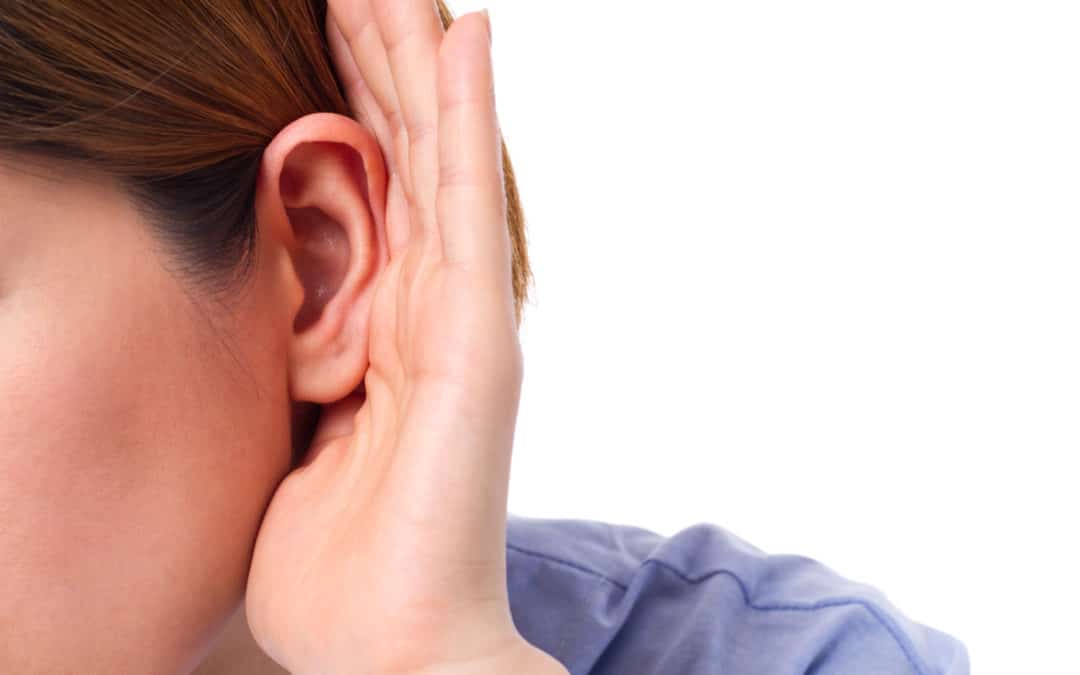
For those experiencing hearing loss or those with loved ones experiencing hearing loss, understanding the condition becomes important. While being diagnosed, their audiologist or doctor might describe the hearing problem with words which can be confusing. Simply put there are three possible types of hearing loss: conductive, sensorineural, and mixed.
Conductive hearing loss deals with issues in the ear canal, ear drum or the middle ear and its bones. Sensorineural hearing loss (SNHL) is the most common type of hearing problem in adults and relates to nerve damage in the inner ear. Mixed hearing loss is a combination between conductive and sensorineural hearing loss.
Causes of Sensorineural Hearing Loss
SNHL occurs when there is damage to the inner ear. It also occurs when the auditory nerves and their pathways are damaged. Sensorineural hearing loss is typically permanent and the causes range widely. Illnesses, aging, hereditary hearing loss, loud noises, head trauma, and an issue with the formation of the inner ear can all result in SNHL.
Illness
Illnesses commonly associated with hearing loss include autoimmune diseases, viruses, tumors, Meniere’s disease, or other diseases. The first step in treatment for hearing loss caused by illness or disease is to consult a physician. Physicians may treat the underlying disease or hearing loss with a variety of medical options.
Age
One in three adults age 65 to 74 have some kind of hearing loss. Moreover, after the age of 75, nearly half of adults experience hearing loss. Fortunately, age-related hearing loss can be treated successfully with the use of hearing aids.
Family History
Genetic factors passed from parents to offspring can cause hearing loss. Onset of a genetic hearing loss may be present at birth or may not show symptoms until later in life. This type of hearing loss is most commonly treated as soon as it is detected with hearing aids or implantable devices.
Exposure to Loud Noise Exposure
Exposure to loud noises also cause auditory trauma that leads to hearing loss. The most effective treatment for SNHL caused by noise is reducing or eliminating the exposure to loud sounds and fitting the patient with appropriate hearing aids when necessary.
Trauma
SNHL is commonly related to head trauma or auditory trauma. Head trauma can deal with more than getting hit in the head. Rather, it can involve abrupt changes in air pressure, inner ear fluid rupture, and leakage. When head trauma occurs, medical treatment by an Ear, Nose, and Throat physician may be the most effective way to avoid SNHL.
Treatment for SNHL
While treatments are available to help with SNHL hearing loss, there is no way to reverse damage once it has occurred. Treatment options therefore include hearing aids and implantable devices like bone-anchored hearing devices and cochlear implants. Fortunately, Whisper Hearing Centers can help make the transition into a life with a hearing loss easier. Dedicated to your hearing health, Whisper Hearing Centers provides highly-trained audiologists who are experienced in the testing, diagnosis, and treatment hearing loss.
